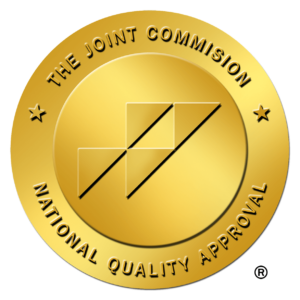Care delivery depends heavily on the seamless collaboration between IT and clinical staff. As technology becomes increasingly integral to patient care, fostering a collaborative culture between these two departments is essential. By working together, IT professionals and clinical staff can ensure that technology solutions are practical and aligned with the needs of healthcare providers and patients.
What strategies foster a collaborative culture between these two departments—which depend heavily on each other to provide patient care?
The Importance of Collaboration Between IT and Clinical Staff
Healthcare technology is often complex, and implementation requires an understanding of technical aspects and the clinical workflow. When IT and clinical staff work together, they can create systems that enhance rather than hinder patient care.
A strong partnership between IT and clinical staff leads to better problem-solving. IT professionals bring technical expertise, while clinical staff offer insights into patient care and day-to-day operations. Together, they can identify potential issues, troubleshoot problems more effectively, and develop practical and patient-centered solutions.
Collaboration also ensures that IT solutions are user-friendly and meet the actual needs of healthcare providers. It reduces the risk that technology becomes a barrier to care and helps ensure clinical staff can use these tools to their full potential, ultimately improving patient outcomes.
Tips for Fostering a Collaborative Culture
Creating a collaborative culture between IT and clinical staff requires intentional efforts from leadership and team members. Here are some tips to help foster this culture:
- Encourage Mutual Respect
The foundational element of collaboration is mutual respect. Both IT and clinical staff bring valuable skills and perspectives to the table. Leadership should emphasize the importance of each department’s contributions and encourage team members to appreciate their colleagues’ role in healthcare delivery. - Promote Interdepartmental Training
Offering cross-departmental training can help bridge the knowledge gap between IT and clinical staff. For instance, IT professionals can better understand clinical workflows, while medical staff can learn more about the technology they use daily. Shared knowledge fosters empathy and a deeper understanding of each other’s challenges and needs. - Involve Clinical Staff in IT Decisions
When developing or implementing new technology, it’s crucial to involve clinical staff early on. Their input can help ensure that the solutions under development will fit seamlessly into clinical workflows. Involving them in decision-making can increase buy-in and reduce resistance to new technologies. - Create Joint Teams
Establishing cross-functional teams with IT and clinical staff can help address specific challenges and projects. These teams can work together to develop solutions that meet both technical and clinical requirements, ensuring that the result is effective and user-friendly. - Regular Communication
Regular meetings, joint workshops, and shared communication platforms will create a collaborative culture. Keeping the lines of communication open ensures your IT and clinical staff are aware of each other’s needs, challenges, and successes.
Collaboration Across Your Organization
Building a collaborative culture between IT and clinical staff is essential for successful healthcare delivery. Bluebird Staffing helps healthcare providers find expert clinical, administrative, and IT professionals. We collaborate with your hiring teams to help you reach your staffing goals. Contact us today to learn more about our IT and healthcare staffing solutions.



